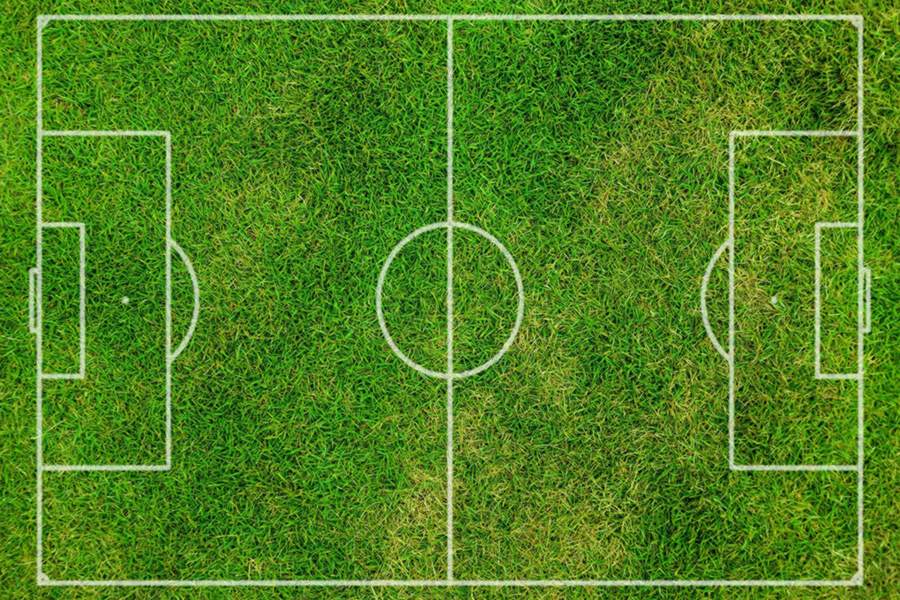Soccer-Smart mouthguards collect data in extended study of heading in English football
"What we found with them (rugby players) is that by reducing the amount of contact substantially, you actually end up with a better team, they perform better, they're fresher, they can last longer, they outrun everybody else, and they do some fantastic things," Turner added. Another application for the technology could be in helping soccer with its approach to concussions after collisions on the pitch.

Mouthguards are usually used as protective kits in sports such as rugby and boxing but in football a similar custom-made device is being used to collect data on the frequency and intensity of impacts a player receives to their head.
English football expanded its study into the risks of heading the ball on Tuesday with the instrumented PROTECHT mouthguard, developed by Sports & Wellbeing Analytics (SWA), being worn by players in training until the end of the season. Twelve clubs across the Premier League, English Football League (EFL) and FA Women's Super League (WSL) are participating in the extended study, which follows last season's initial research project with Liverpool and Manchester City.
Ahead of the current campaign, the Football Association (FA), Premier League and other bodies announced guidelines limiting "high-impact" headers to 10 per week in training after a number of footballers, including several members of England's 1966 World Cup winning team, were diagnosed with neurodegenerative disease. "The sports we started with like rugby, and boxing, etc, they use mouthguards normally. But what we really needed to do was something that would lock the device to the skull, because it was really important that you get that movement of the head, not the movement of your skin, or your hair or a helmet," Chris Turner, CEO of SWA told Reuters in a Zoom interview.
"... It's got a couple of sensors in the mouthguard which are measuring forwards and backwards or linear acceleration and rotational acceleration as the head moves side-to-side or forwards and backwards on the obliques, etc. "So what you're picking up then is every dimension of the head as it moves when it makes contact with a football. We're able to understand what forces are being applied to the head, how often they're getting applied, how different that is across different types of headers and different types of people."
Turner said that SWA's work in rugby with Premiership sides such as Harlequins and Gloucester had helped protect player welfare, too, which could also play a part in soccer's application. "What we found with them (rugby players) is that by reducing the amount of contact substantially, you actually end up with a better team, they perform better, they're fresher, they can last longer, they outrun everybody else, and they do some fantastic things," Turner added.
Another application for the technology could be in helping soccer with its approach to concussions after collisions on the pitch. The Premier League last year introduced a concussion protocol where team doctors have as much time as required to make an assessment of a player. If the player shows clear symptoms, he will be substituted and prevented from returning to the field of play.
However, the system has been criticised as it puts pressure on doctors to make snap decisions, while calls have increased for temporary substitutions to be allowed while head injuries are being assessed. Turner said the SWA system could help, while not being a diagnostic tool.
"This does not diagnose concussion, right," he said. "So I'm not going to say to you, you've had that knock, therefore, you have got a concussion and therefore you should come off. What this does is it provides the data to enable a medic to make a much more informed decision. That's important."
(This story has not been edited by Devdiscourse staff and is auto-generated from a syndicated feed.)










